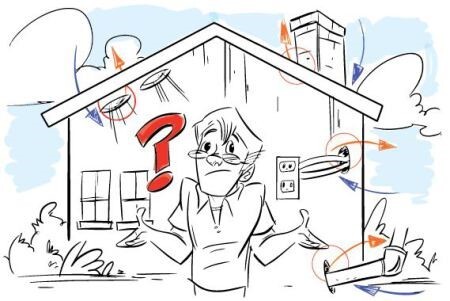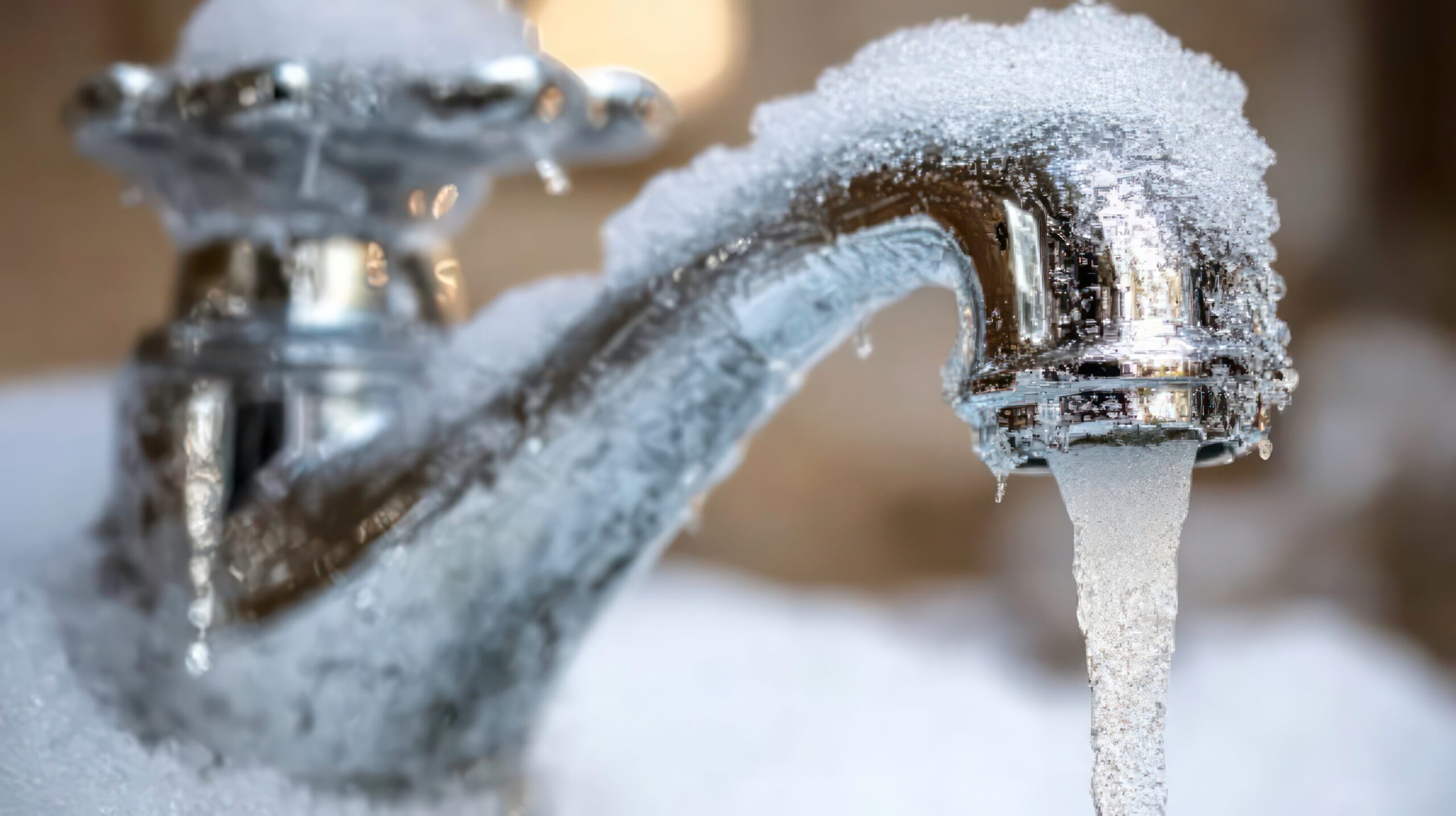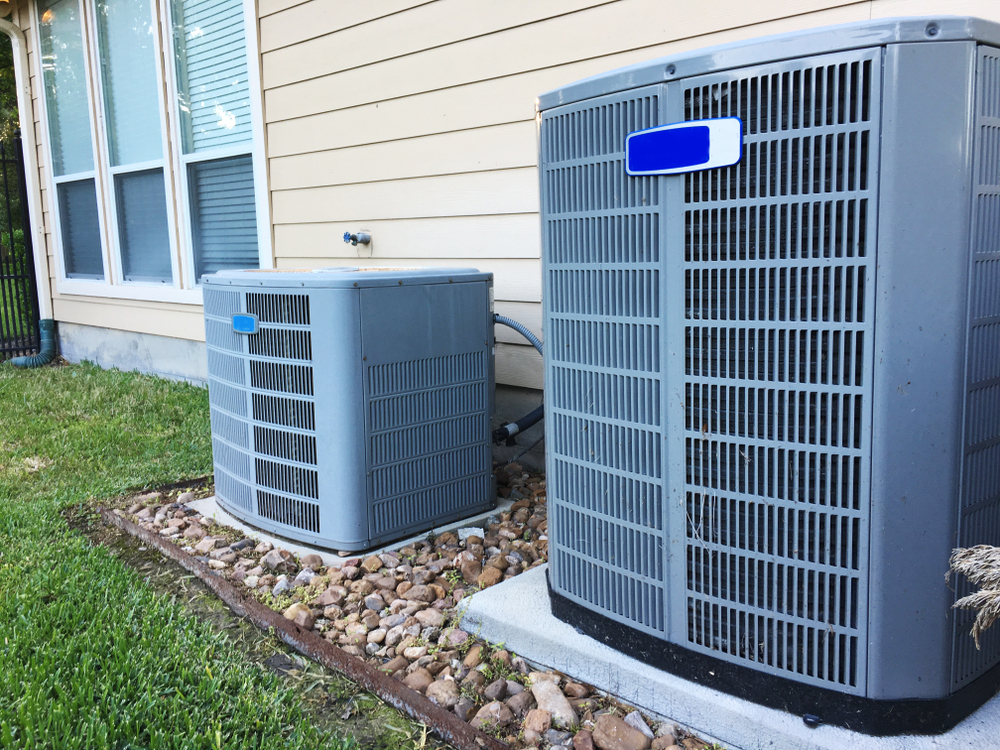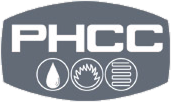We spend so much of our time indoors in this area, and especially these past few months with all of the extreme cold we’ve had – I know I only went outside when absolutely necessary, and even then looked for excuses not to! And while Spring appears to finally be springing, for those of us who suffer from Seasonal Allergies and/or Asthma, this time of year can be downright miserable. One of the most common strategies we see used in an attempt to avoid or limit exposure to the element(s) that can trigger an attack is to “hide” in their homes behind closed doors & windows, based on the assumption that the home is “air-tight”, or close enough so that “whatever is out there can’t get to me in here”. Well, I hate to be the bearer of bad news, but this is referred to as an “assumption” for a reason: Just because this approach works for some people, the rest assume it will work for them as well, and… surprise!
We spend so much of our time indoors in this area, and especially these past few months with all of the extreme cold we’ve had – I know I only went outside when absolutely necessary, and even then looked for excuses not to! And while Spring appears to finally be springing, for those of us who suffer from Seasonal Allergies and/or Asthma, this time of year can be downright miserable. One of the most common strategies we see used in an attempt to avoid or limit exposure to the element(s) that can trigger an attack is to “hide” in their homes behind closed doors & windows, based on the assumption that the home is “air-tight”, or close enough so that “whatever is out there can’t get to me in here”. Well, I hate to be the bearer of bad news, but this is referred to as an “assumption” for a reason: Just because this approach works for some people, the rest assume it will work for them as well, and… surprise!
The problem we all have is that outdoor air still gets into our homes, with all of its allergens and pollutants in tow. The tricky thing is that this often isn’t because a window or a door is open; the technical term for this is “infiltration”. It’s a fancy word that basically means that the outdoor air flows into the house through openings, joints, and cracks in walls, floors, ceilings and around windows and doors. Regardless of when your house was built, who built it or what materials were used in its construction, holes were made for pipes, wires and (for those with forced-air systems) ductwork that may have never been sealed, or were poorly sealed at best. Add to those all of the post-construction additions & modifications many homeowners make – all requiring a new hole somewhere, to get something run from Point A to Point B – and it all adds up to, on average, leaving a window open year-round. You would never do that intentionally (I hope), so why allow it to continue?
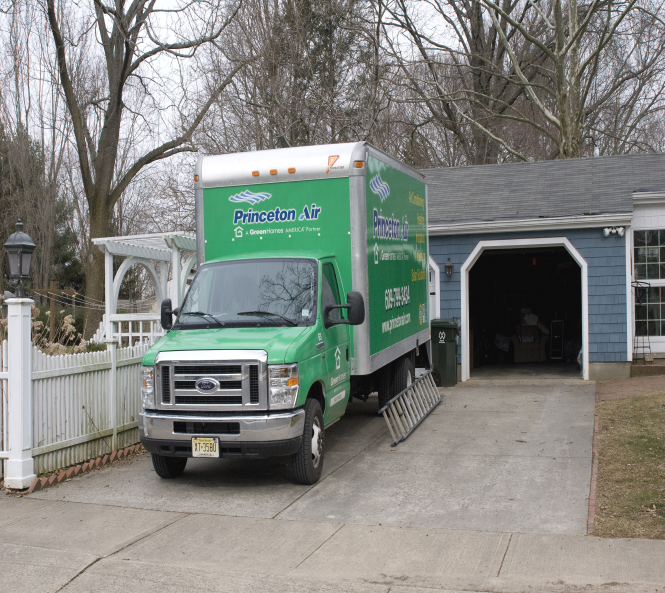

We know that identifying the problem area(s) is the first step, and one of the best ways to do this is by having an Energy Audit performed on your home, which includes a series of tests to help locate the major sources of infiltration, and help you put together a “plan of attack”. The most-commonly suggested measures to consider include air sealing; by plugging up these aforementioned outside-to-inside air-exchange pathways using a combination of expanding foams & sealants, Air sealing can reduce connections between the outdoors & indoors, as well as between potential indoor sources of irritation, such as your garage where chemicals and fuels are kept, and/or to crawlspaces and basements where things can get moldy.
Sometimes the great outdoors isn’t so great, and it’s even worse if the great indoors offers you no relief; so before you begin your next seasonal hibernation, consider having an Energy Audit performed as a way to help increase the quality of your indoor air.
Please let me/us know if we can answer any questions to help you decide what your best next step might be. Thanks, and I hope you all enjoy the season!
Matt
